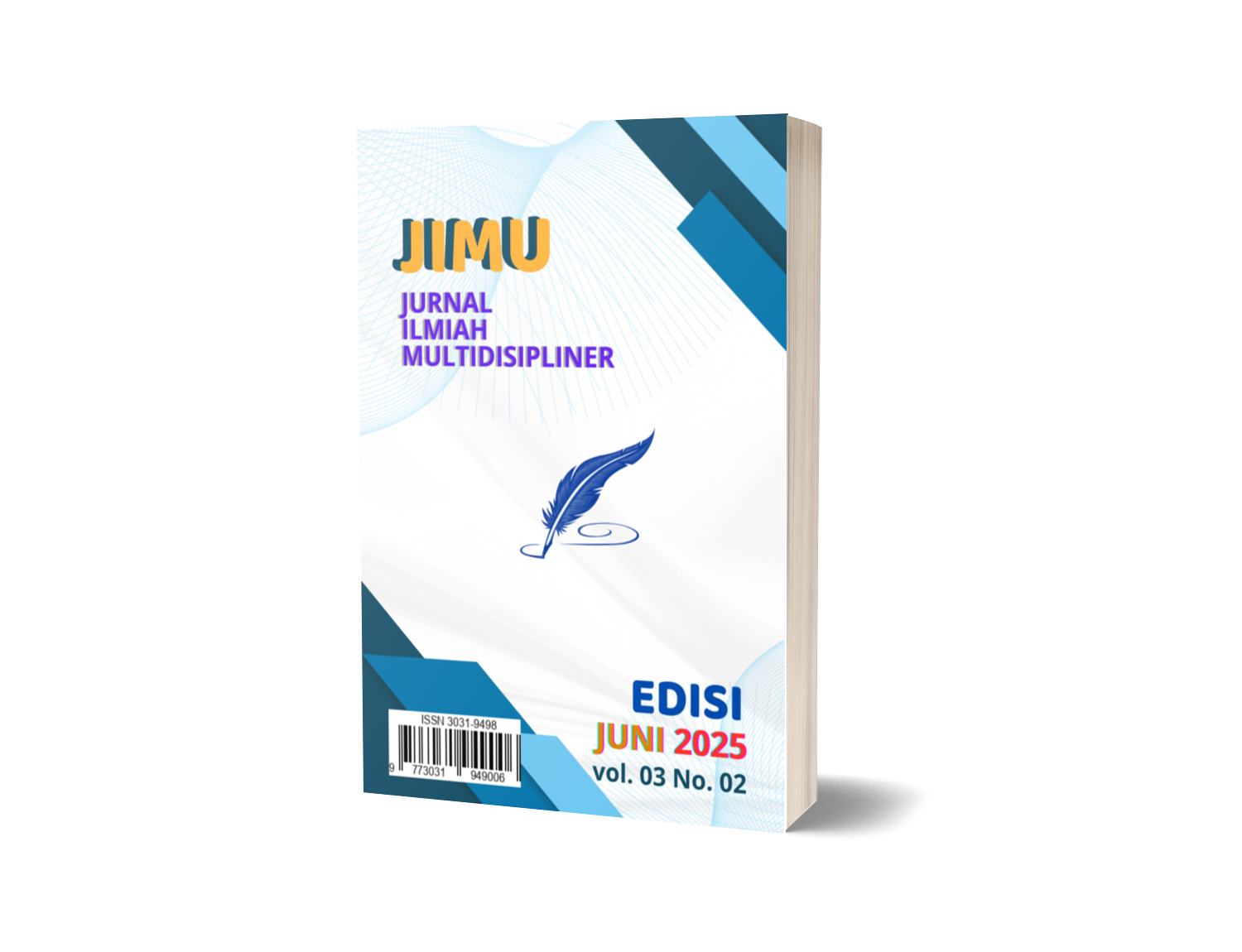Pemanfaatan Limbah Baglog Jamur Tiram Sebagai Bahan Baku Bio Briket di CV Surya Muda Mandiri Kabupaten Gowa
Kata Kunci:
baglog waste, biobriquettes, oyster mushrooms.Abstrak
This research aims to determine whether oyster mushroom baglog waste can be used as raw material for bio briquettes, to determine the characteristics of briquettes produced from oyster mushroom baglog waste in accordance with several SNI quality standards, to find out the comparison of the composition of baglog waste materials which can be used as bio briquettes in CV. Surya Muda Mandiri. This type of research is quantitative research using an experimental approach with a Completely Randomized Design (CRD) method consisting of 4 treatments and 3 replications so that there are 12 treatment combinations. Treatment K: Tapioca flour 25 g: baglog waste 25 g: Water 25 g, A: Tapioca flour 20 g: baglog waste 20 g: Water 20 g, B: Tapioca flour 30 g: baglog waste 30 g: Water 30 g, C : Tapioca flour 35 g : Baglog waste 35 g : Water 35 g. This research uses the ANOVA test. The parameters analyzed include water content, ash content, loss of substances at a temperature of 950℃, heating value and yield. The results of the research show that the characteristics of briquettes produced from oyster mushroom baglog waste comply with SNI quality standards, namely water content and evaporative substance content at a temperature of 950℃, while the characteristics of briquettes that do not meet SNI quality standards are ash content and calorific value. The comparison of the composition of baglog waste materials that can be used as bio briquettes is in treatment A with a comparative concentration of 20g tapioca flour, 20g baglog waste and 20g water.
Unduhan
Referensi
Faizal, M., Rifky, A, D., and Sanjaya, I. 2018. Pembuatan Briket dari Campuran Limbah Plastik LDPE dan Kulit Buah Kapuk Sebagai Energi Alternatif. J. Tek. Kim, 24 (1).
Hendra dan Darmawan. 2000. Pengaruh Jenis dan Kadar Bahan Perekat pada Pembuatan Briket Blotong Sebagai Bahan Bakar Alternatif. J. Tek. Ind. Pert., 21 (187).
Maryono, Sudding, Rahmawati. 2013. Pembuatan Dan Analisis Mutu Briket Arang Tempurung Kelapa Ditinjau dari Kadar Kanji. Jurnal Chemica, 14 (1), hal:74-83.
Nunung. 2001. Budidaya Jamur Tiram. Yogyakarta: Kanisius.
Rauf, R. F., and Alamsyah, R. A. 2023. Pengaruh Suhu Pengeringan pada Food dehydrator terhadap Karakteristik Psikokimia dan Mutu Hedonik Asam Mangga Kering. Jurnal Pendidikan Teknologi Pertanian, 9 (2), 273-289.
Rosdiana, M., Fitri, F., dan Ade, O. 2017. Pemanfaatan Limbah Baglog Jamur sebagai Biobriket dengan Penambahan Getah Damar dan Tepung Kanji sebagai Perekat. Jurnal Teknik Kimia., 4(2).
Saktiawan, I. 2000. Identifikasi Sifat Fisis dan Kimia Briket Arang dari Sabut kelapa (Cocos nucifera L). Bogor: Jurusan Teknologi Hasil Hutan Fakultas Kehutanan, ITP.
Wahida, L, N. 2021. Karakteristik Briket Bioarang dari Campuran Limbah Eceng Gondok (Eichhornia Crassipes), Sekam Padi dan Tempurung Kelapa. Skripsi. Universitas Negeri UIN Mataram.









